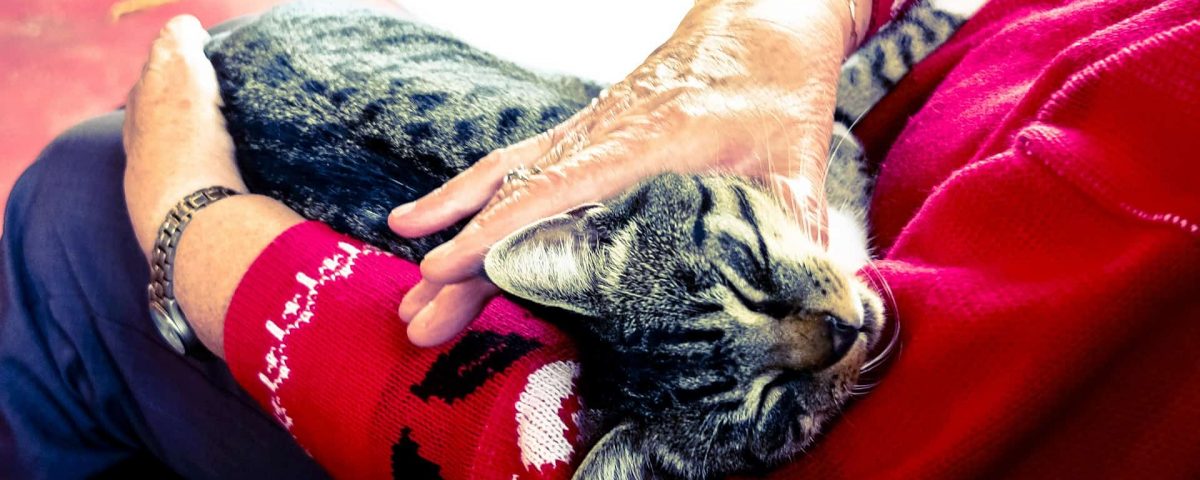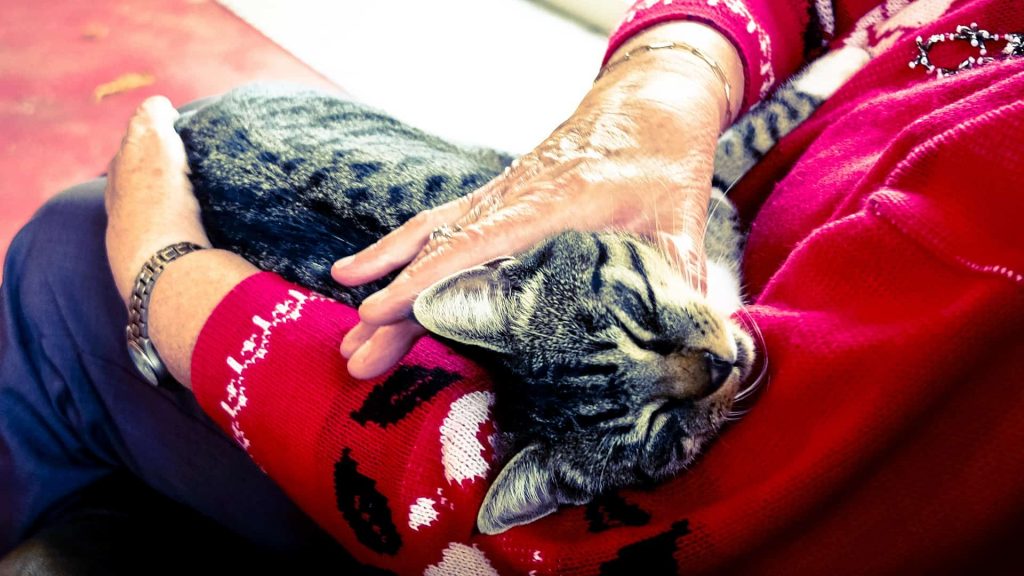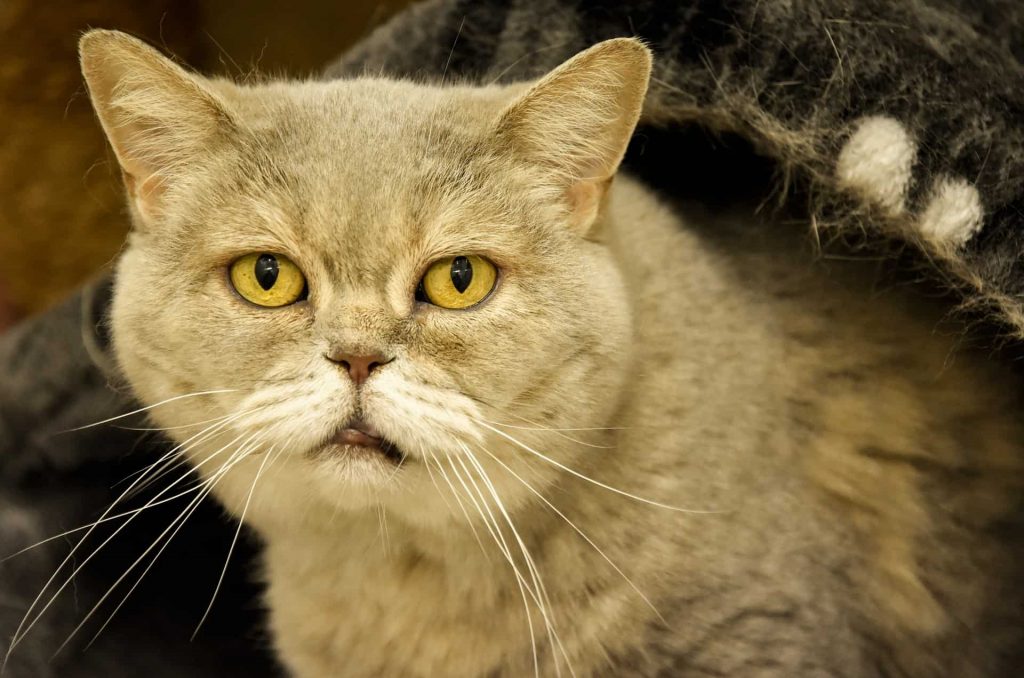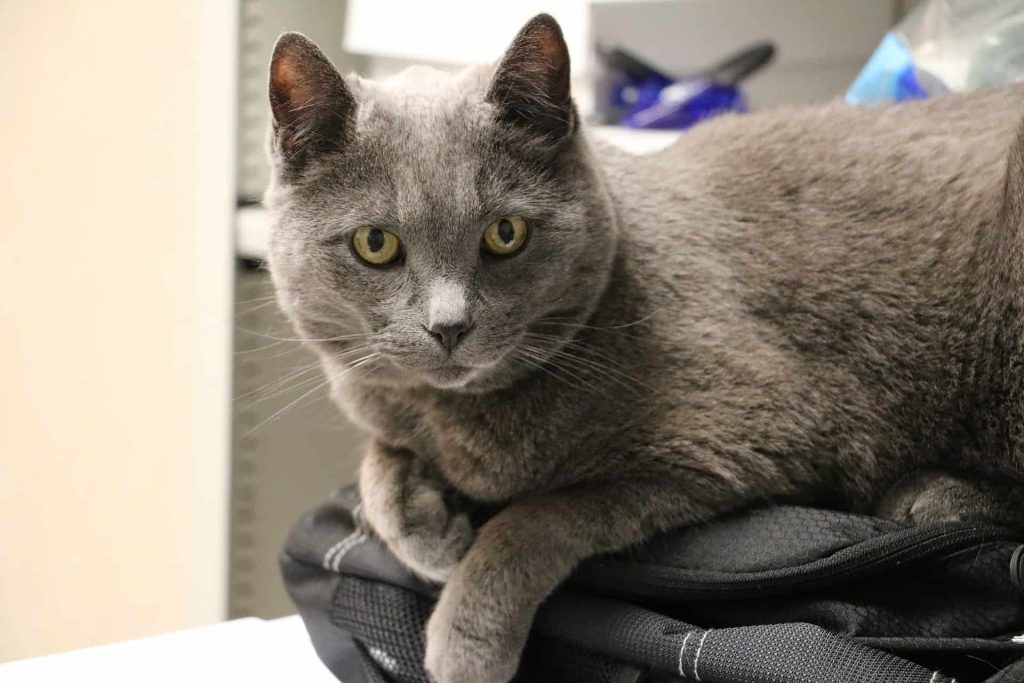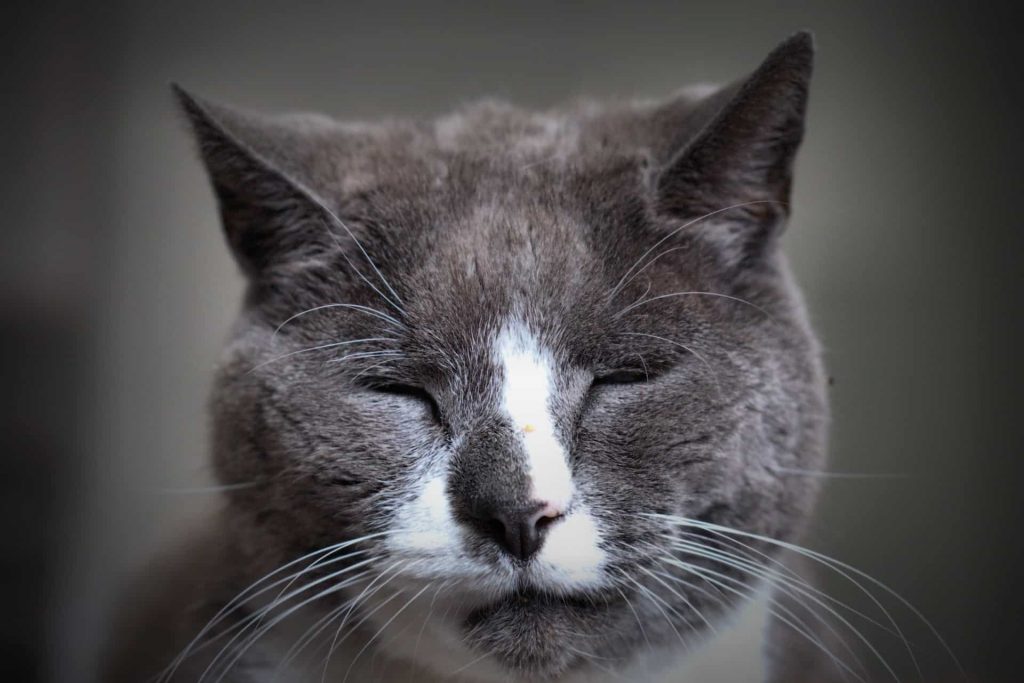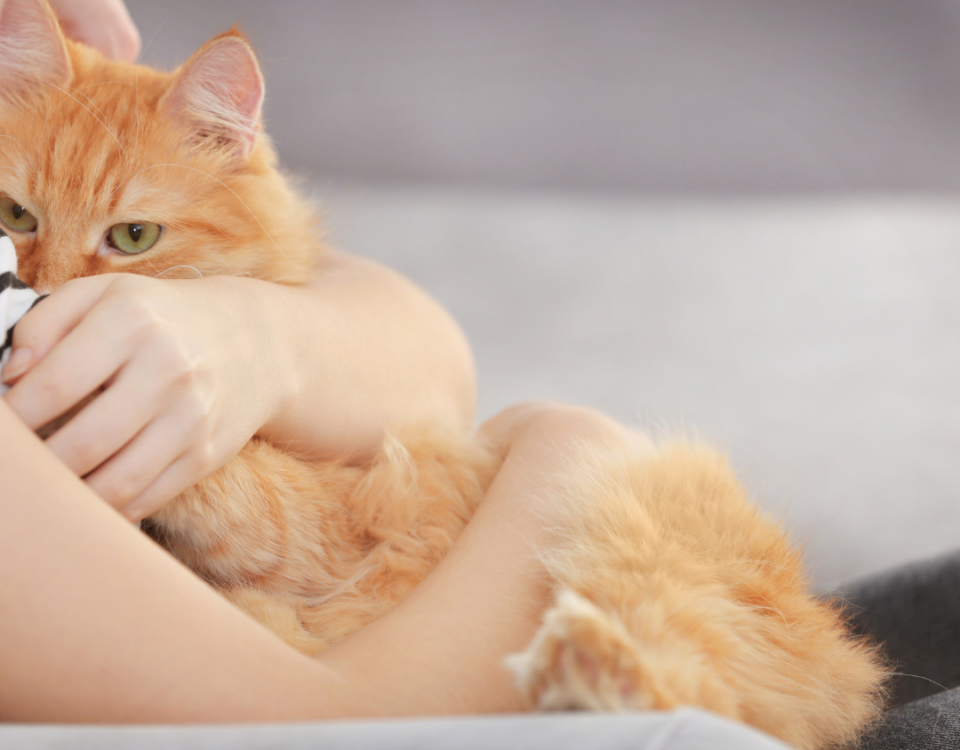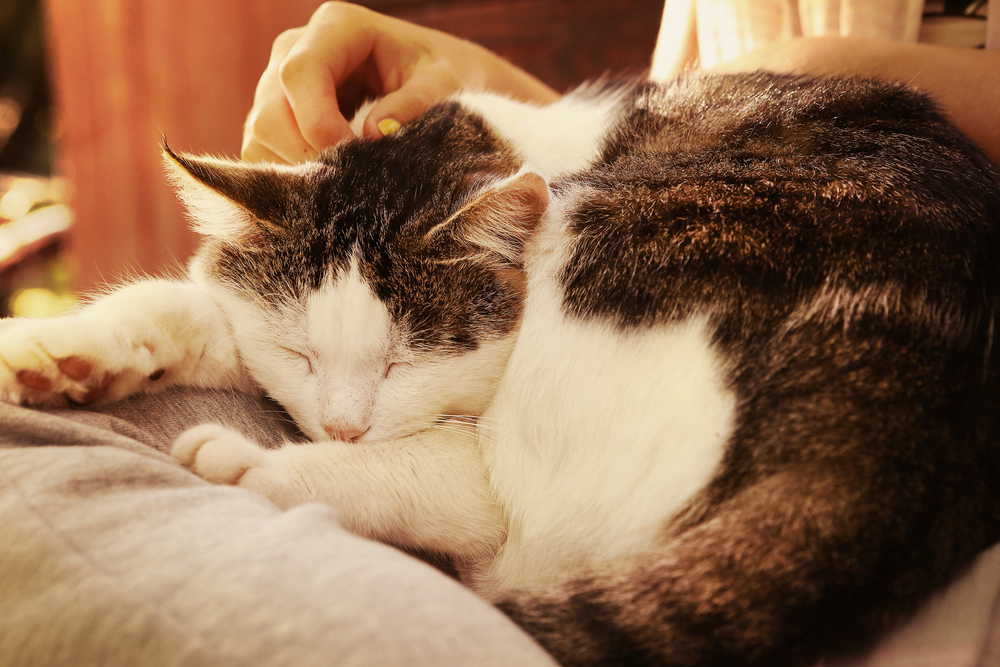
When A Pet Dies What To Say To Your Children?
June 27, 2019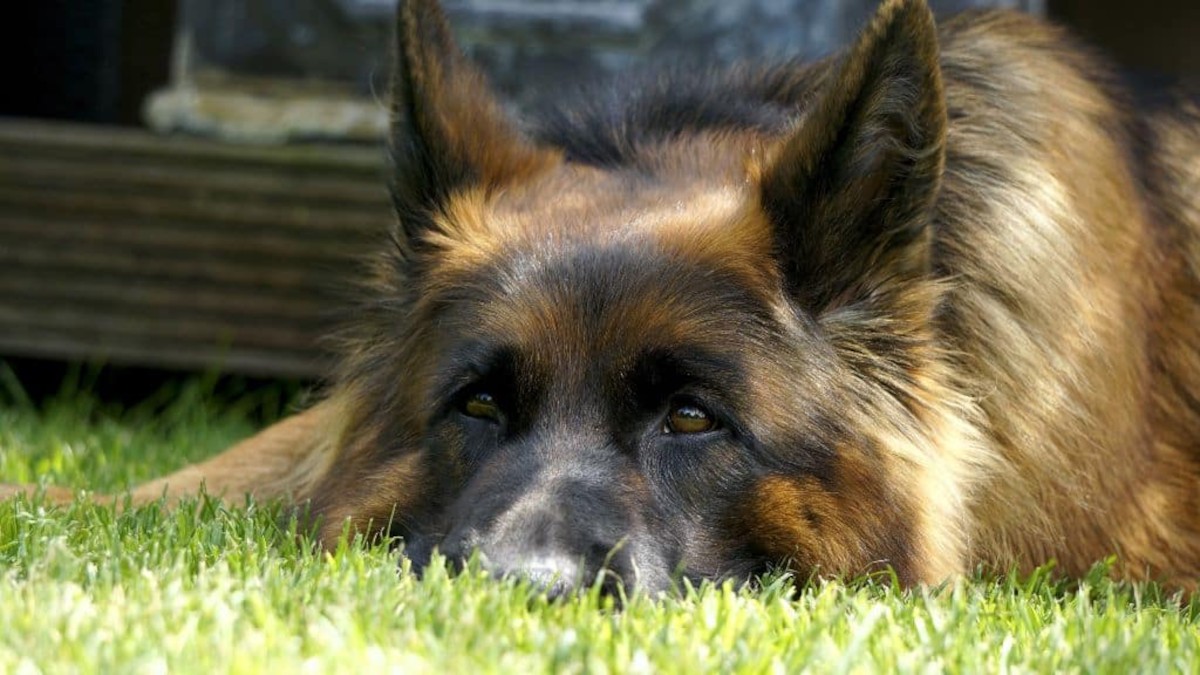
Dog Bladder Cancer – When To Euthanize
July 8, 2019If your cat is suffering congestive heart failure, when to euthanize is a question you may be faced with having to answer. Your cat’s heart provides oxygenated blood and nutrition to all body parts on a repeat cycle. Consequently, when the heart struggles to deliver enough blood, fluid can back up into the lungs. This can be caused by a failure on either or both sides of the heart.
Congestive heart failure is the medical term used to describe this life-threatening condition. Following diagnosis to determine the cause, a number of tests need to be carried out. Find out more about congestive heart failure in cats and when to euthanise here.
Congestive Heart Failure Facts
When your cat’s heart is unable to pump adequate amounts of blood, the body normally compensates. This means that tissues continue to receive the required oxygen and blood.
As the heart disease becomes more severe it overwhelms the abilities of these compensatory mechanisms. As fluid backs up into the lungs this results in congestion of the lung tissue.
In some cases, such as hypertrophic cardiomyopathy, the muscular walls of the heart become unable to stretch. This then prevents them from pumping the blood needed around the body. As a result, the fluid back-up makes breathing extremely difficult.
Recognising the Signs
During the early stages of congestive heart failure there may not be any symptoms at all. Therefore, progression of the disease may result in:
- Loss of appetite and drinking less
- Weakness, lethargy, inactivity
- Grey or blue-coloured tongue and gums
- Difficulty breathing and swallowing with unusual lung sounds
- Rapid breathing
- Fast heartbeat
- Distended abdomen
- Back legs paralysis
- Collapse
Understanding the Causes
This disease can affect cats of any breed, age, or gender – occurring more frequently in cats that are middle-aged or older. Common causes cover:
- Anaemia
- Abnormal heart rhythm
- Birth defects
- Blood clots within the heart
- Heartworm disease
- Heart defects
- High blood pressure
- Hyperthyroidism and other thyroid disorders
- Hypertrophic cardiomyopathy
- Narrowing of aortic arteries
- Tumours
Getting a Diagnosis
If your cat shows any signs of congestive heart failure your vet will need to carry out extensive diagnostic tests to be able to monitor the response of medication doses. However clinical signs often come on suddenly and can be severe – and correct decisions need to be made quickly to prevent death. These tests may include:
- A physical examination to determine congestion on the lungs
- Urine tests and urinalysis
- Blood tests, thyroid hormone tests, heartworm test, and tests for FELV/FIV
- Measurements of blood pressure
- Chest radiographs that enable assessment of lungs, heart, and blood vessels
- Electrocardiograms that record the electrical activity of the heart
- Ultrasounds which evaluate the structure and function of the heart
A cat with a heart murmur may not actually have heart disease as functional murmurs are usually low grade. Further investigations will need to be made if gallop sounds or arrhythmias are detected. These often include echocardiography carried out by an experienced cardiologist.
Recommended Treatments
Depending on the results of these tests your vet will choose the right treatment. Included may be a diet change to reduce salt intake – and diuretics to reduce the accumulation of fluid. Blood pressure medication will be prescribed to lower the resistance of blood flow, and the administration of beta blockers will control the heart rate and rhythm – and improve heart function.
If the heart beat is irregular anti-arrhythmic drugs will be given. Therefore, positive inotropes may be required to enable the heart to pump with more force as they provide additional strength.
Bear in mind that the regular medication of your cat – often more than once a day – is a commitment. And unfortunately, there’s no guarantee that the treatment will be 100% effective. Cats with severe congestive heart failure may need oxygen therapy – and initial hospitalisation.
Usng the tapping technique gets rid of chest or abdomen fluid. If the fluid is located in the sac surrounding the heart it may need to be surgically removed. Alternatively, draining the fluid may ease pressure on the heart, making breathing easier. Also, if a heart defect that your cat has had since birth causes the problem, then the surgical repair may be an option. And this will need the expertise of a surgical specialist.
Recovery Prospects
Most cats with congestive heart failure will need medications for life. Therefore, it may require ongoing monitoring of disease progression with periodic blood tests and x-rays.
You should keep your cat exercising in moderation to keep its blood pressure regulated whilst strengthening the heart. Keeping your cat calm and limiting activities is desirable. Your cat may need periodic cage rest to prevent it running and jumping.
Life Expectancy
Congestive heart failure life expectancy varies considerably depending on the severity of the disease. Moreover, the more advanced the poorer the prognosis. Also, how long can a cat live with congestive heart failure? Certainly, most cats have a life expectancy of between six and 18 months; and up to to 3 years with proper medication.
With a diagnosis of cardiomyopathy, the survival rate reduces to between three months and three years. Death can often result from emboli or blood clots, and sudden and severe rhythm abnormalities.
The symptoms of congestive heart failure in cats end-stage include:
- A chronic cough or wheezing
- Lack of appetite and nausea
- An increased heart rate
- Confusion
- Dyspnea – shortness of breath
- Swellings caused by trapped excess fluids
- Inactivity
The end stage of dying happens as two phases. Pre-active that arises before death that can last for about two weeks, followed by the active phase which can last about three days.
Specialist Home-Visit Vets
Sadly, cat euthanasia at home may be your kindest option. We will fully explain this gentle procedure to you. After this, your vet will calmly administer a sedative, when you are ready, and your cat will drift into a peaceful sleep. Next, the vet will give the anaesthetic agent that causes the heart to slow and quietly stop. Your cat will have tranquilly passed with the least amount of stress. And there’ll be no more pain.

